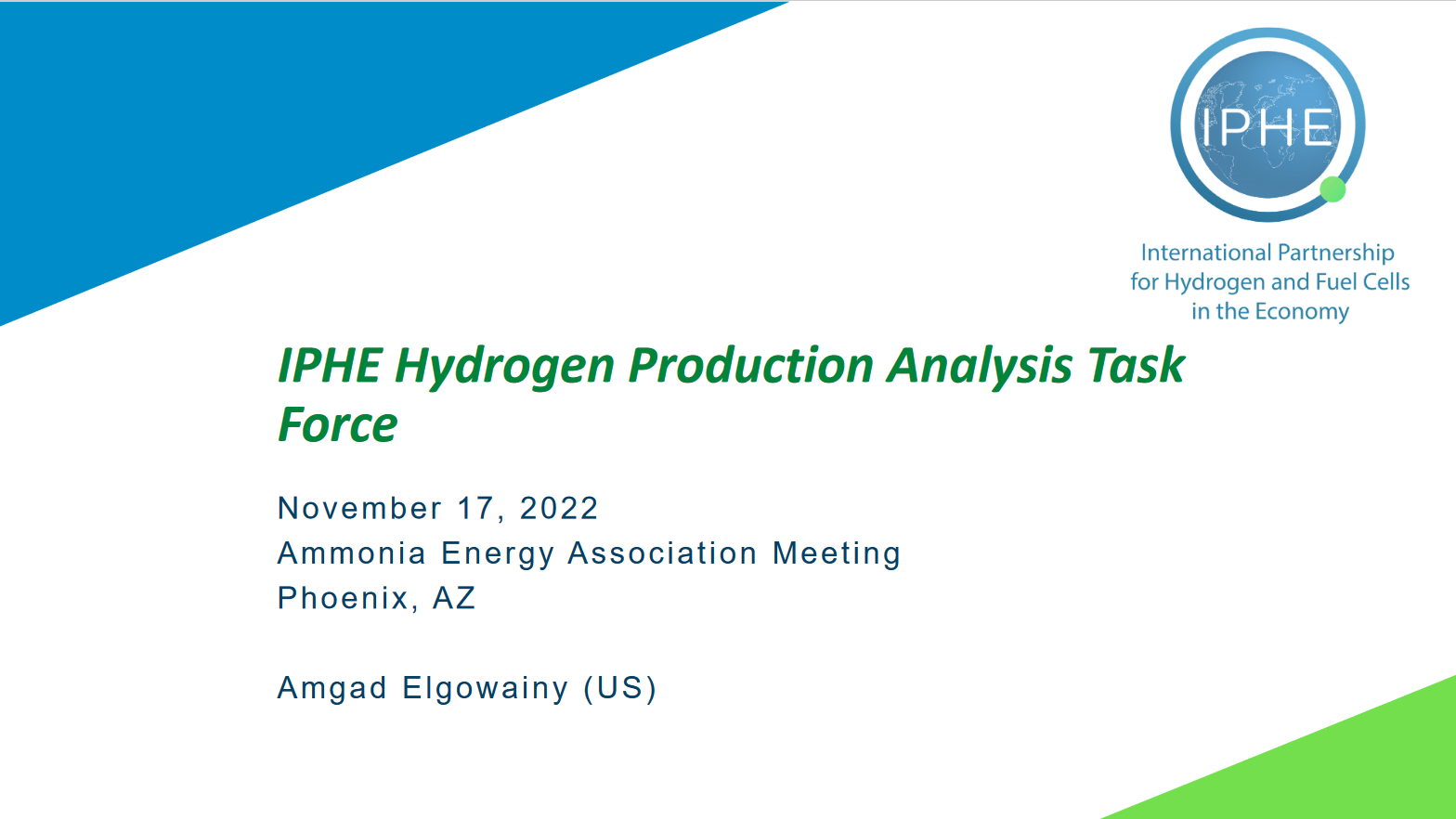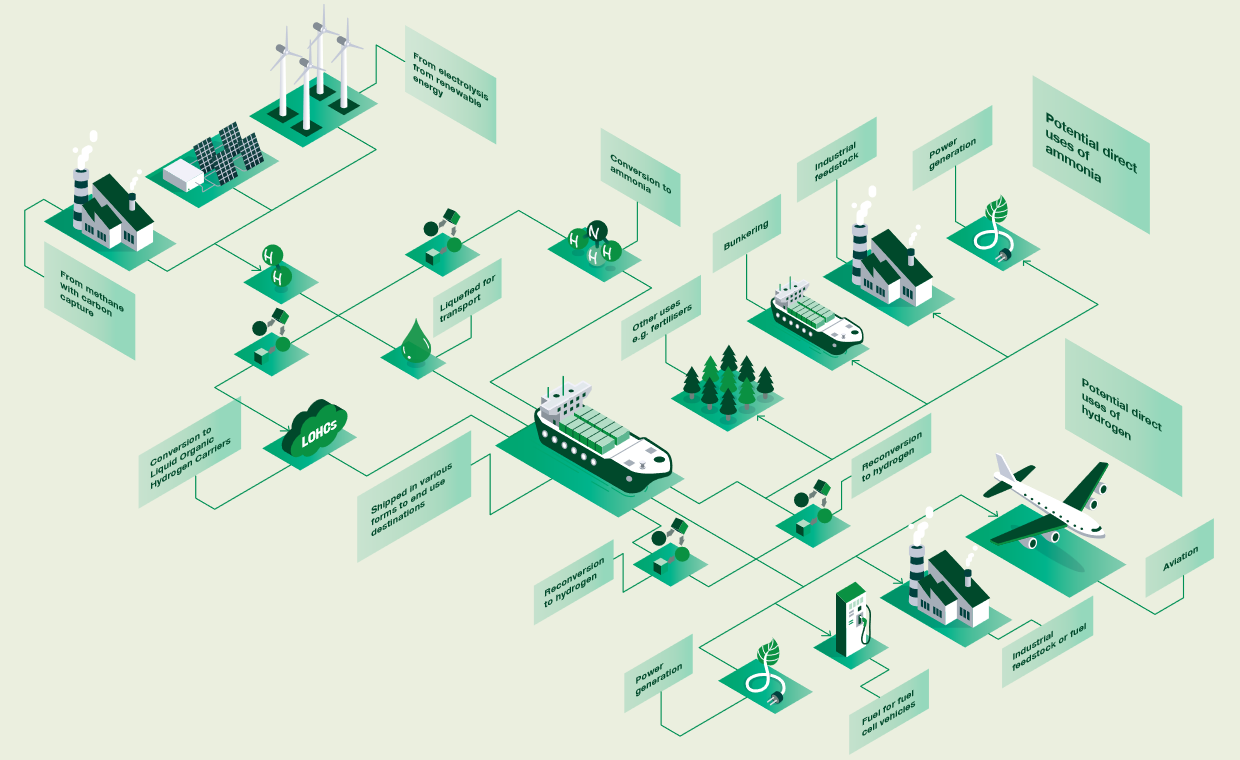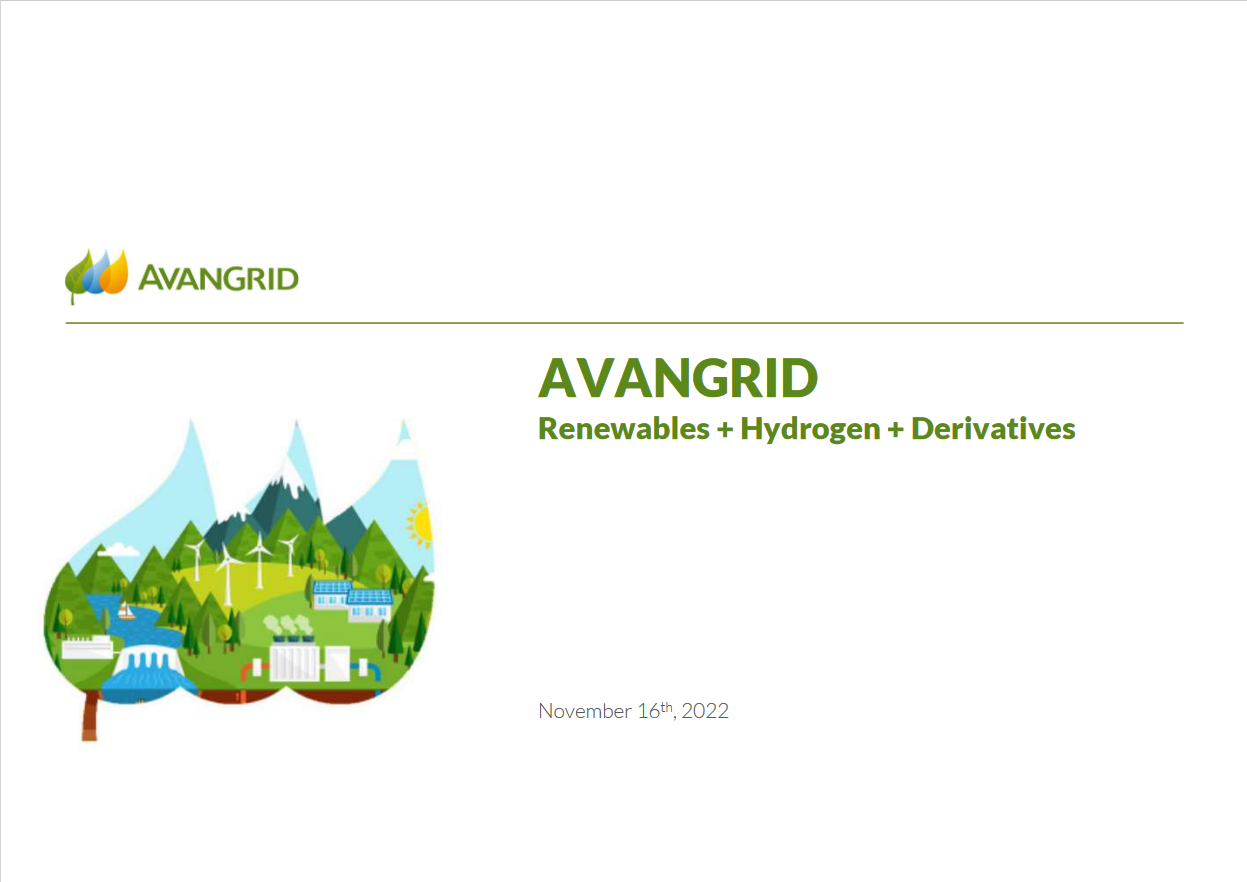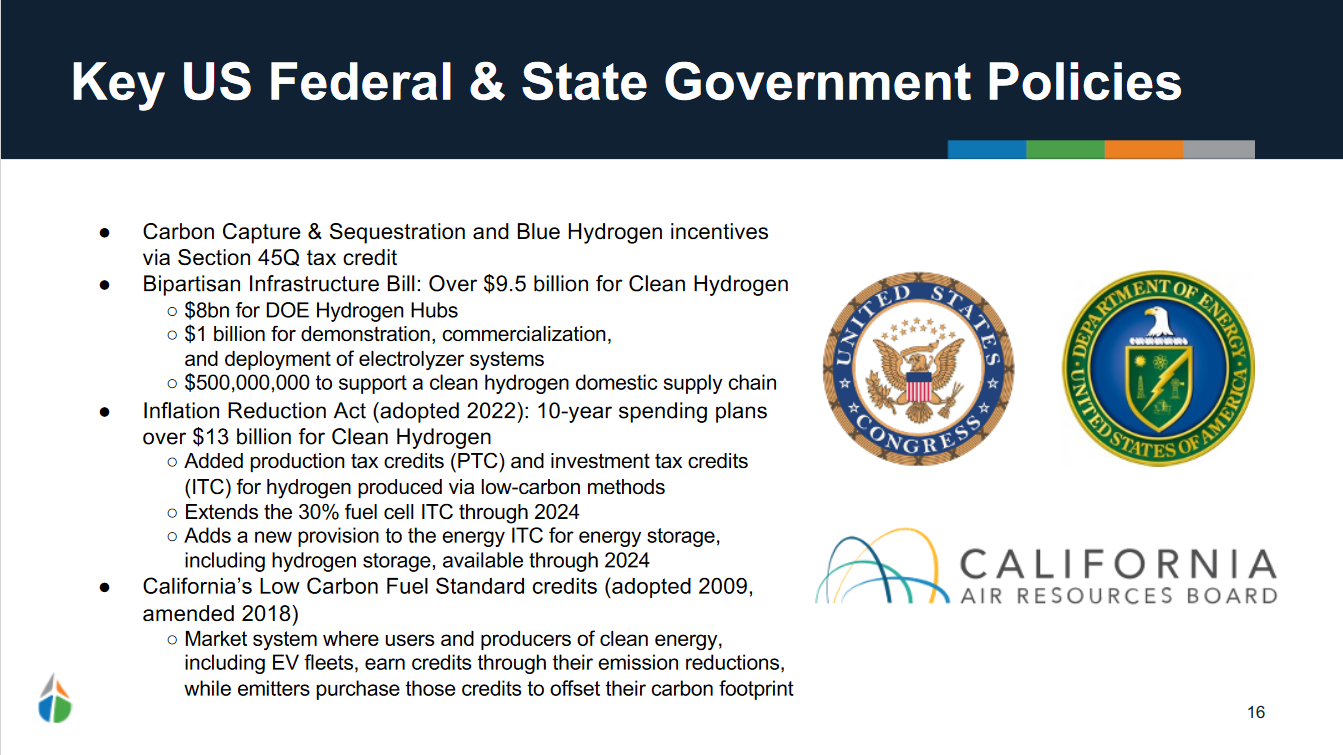Canada to launch new tax credit for hydrogen production
The Canadian government has proposed a significant tax credit for hydrogen production in the country - at least 40% if all conditions are met. Citing the Infrastructure Reduction Act in the US, the Department of Finance sees adoption of “competitive” measures as critical to make sure Canada is not “left behind”. The government will shortly launch industry consultation on how best to implement the tax credit, based on lifecycle carbon intensity of hydrogen.









